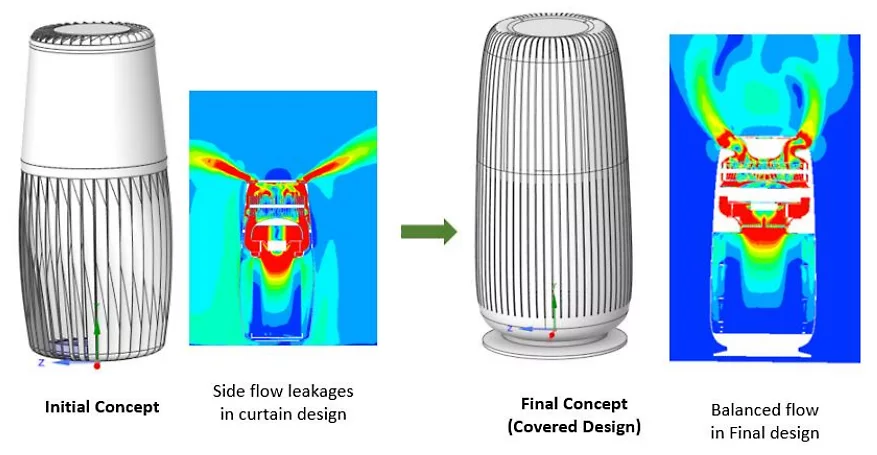In the early 1980s, from the buildings of Sheffield University with contributions from multiple personalities, Ansys Fluent became the first commercial computational fluid dynamics (CFD) software to have a graphical user interface and workflow rather than a command-line input. The popularity of Fluent increased year after year, along with its adoption in the industry.
In May 2006, Fluent Inc. was acquired by Ansys. Since joining the Ansys family, we have relentlessly pushed the envelope of performance, accuracy, and productivity of Fluent, bringing cutting-edge innovations that have helped engineers overcome the most challenging design obstacles imaginable when dealing with fluid dynamics problems.
Are you a new customer that is not yet familiar with all the Fluent innovations that are available to you? Did you make a different vendor choice and want to learn more about what you’ve been missing? Let’s travel back in time through some of the most innovative Fluent features.

2014: GPU-Accelerated Offloading and Adjoint Solver
While graphics processing unit (GPU) technologies are in the spotlight today, the concept of using GPUs as CFD accelerators was introduced in Fluent in 2014 with the NVIDIA AmgX solver. Bear with us in this time-travel scenario, because in 2022, Fluent will be the first commercial CFD software to introduce an unstructured finite volume, fully resident multi-GPU solver, overcoming the offloading limitations and disrupting the market for CFD simulations.
The Adjoint solver was first introduced in Fluent in 2014 to revolutionize insights from CFD simulations by using the adjoint sensitivities to drive intelligent design changes that are not intuitive to a designer. Since its inception, the reliability and usability of the Adjoint solver has consistently evolved into a comprehensive product optimization framework.



